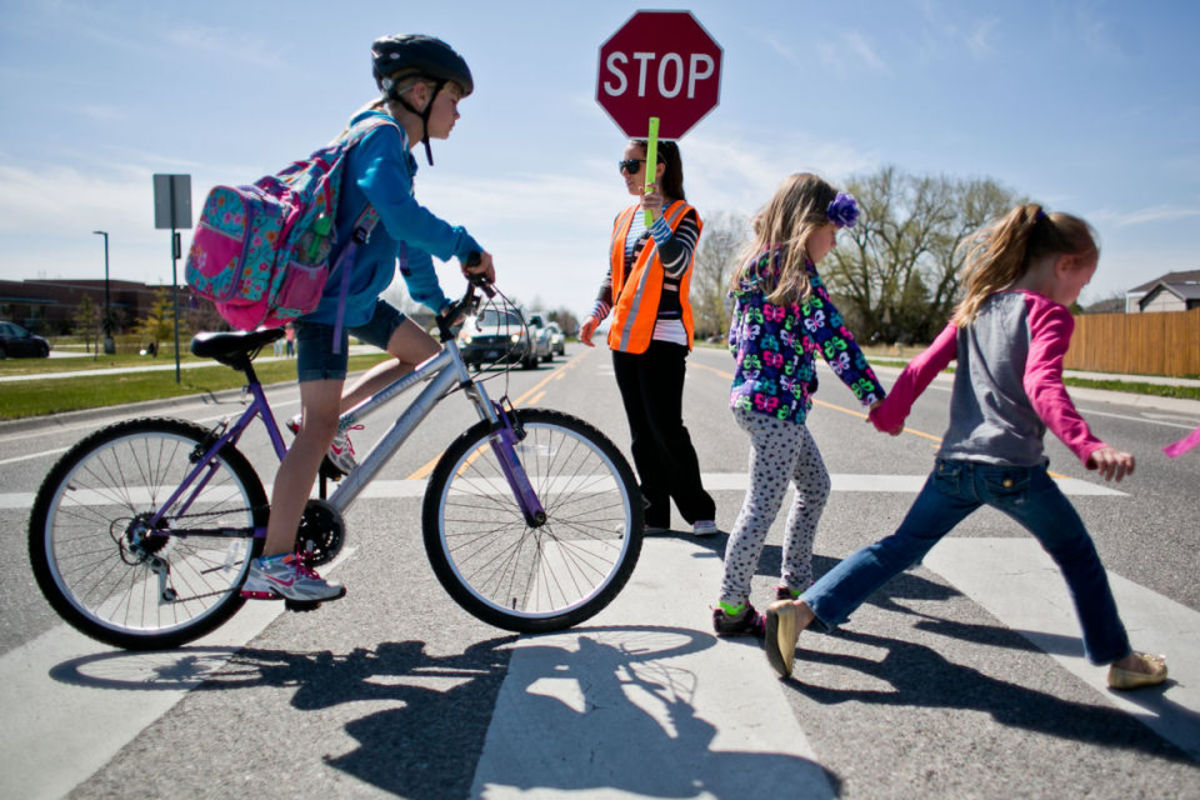How to Plan a Successful School Field Trip

Field trips are more than just an opportunity to break the monotony of lecturing in the classroom. Field trips are also more than just a good opportunity to get out of the classroom. If planned correctly, a field trip can be both fun and a great learning opportunity. If poorly planned, field trips can amount to little more than a glorified recess time. So, just what can you do to ensure that your students benefit from the time spent out of the class?
Let's start at the beginning, and go through some important steps in planning an effective field trip.
Get Permission from the School and Parents
All good field trips must start with a plan and permission for the time away from the traditional classroom.
Teachers must ask permission from the school administration to be away from the classroom, and must prove that the time away from class will be worthwhile and safe. Depending upon the distance of the field trip from the school, and the size of the group you’ll be taking, you may need to secure transportation as well as meals, which can cost extra money. Schools may allow your class a stipend, or you may have to ask parents for out-of-pocket funds.
Discuss the ins-and-outs of your plan with school administration before telling other teachers, parents or students about the field trip. Broken promises, whether intentional or not, don’t lead to a good relationship between teacher and student. A meeting with administration may also yield interesting information regarding the frequency of field trips and procedure requirements. Show administration you are prepared for the meeting (and the actual field trip) by identifying the objectives of the field trip and preparing for safety precautions.
Not only will you need to obtain permission from the administration, you'll need to gain permission from the location site as well. Consider that there might be constrictions on group size, date availability or other things such as age groups. Be flexible with your considered dates too, a great location may have high demands, and the date you initially request may be unavailable. Consider altering the time frame of your field trip.
Get Help
You may feel invincible in the classroom, however you can’t undertake a field trip by yourself; you’ll need the help of another teacher, teacher’s aids and parents. When students get out of the classroom you'll need extra chaperones for rallying the kids to be a the correct place a the correct time. While some field trip locals have staff to help guide you along the way, you’ll also need familiar faces to help corral the kids and to lend an extra air of authority. Kids are more likely to respond to people they know will see them again.
Before the actual field trip, parents and teacher’s aids can help collect permission slips and any money needed for participation in the trip. During the actual field trip you'll need to create name tags for helpers and students alike to help chaperones identify students from your particular school. Distribute a class roster to each chaperone too, that way everyone knows how many students they’ll need to be accountable for while off campus. Consider dressing children alike in the same color or t-shirt so that members of your group are easily identified amongst other field trip groups.
Prepare Before the Trip
Although the kids in your class will be excited to do something out of the routine, you need to stress the learning opportunities in the activity. For example, have students research the venue, introduce historical significance of the place, or introduce new vocabulary words your students will hear while on the field trip. Consider showing students photos of what they can expect and highlight some of the most interesting things. Preparing students for what to come not only gets them excited about the excursion, but it sets up pre-learning which may help students retain information better.
Chaperones should also make preparations for the trip as well. Familiarize yourself with emergency exits, evacuation routes and bring an emergency kit; you can never be too prepared when dealing with children. Discuss rules and safety with students before reaching the site, then review once you get there.
On the Site
Field trips should be fun, but remember that the educational importance should be key.
While on the field trip site, encourage students to take notes, take photos, draw maps or make sketches about what they are learning. What students learn and observe while on the trip will impact what they remember for later use. You may have activities for students to complete while on the field trip, as well as activities for students to complete after the trip.
After the Trip
Check student comprehension of the activities and review the information presented of the field trip. Remember, a field trip is only successful if the students learn something! Depending on the age group, you may ask students to create a field trip journal, take photos, write a report, or write a newspaper-like article.
Thank helpers, chaperones, school administration and the location site staff for their cooperation on the field trip day. Keeping a good relationship with everyone involved with the activity is key to planning and executing another field trip in the future.










